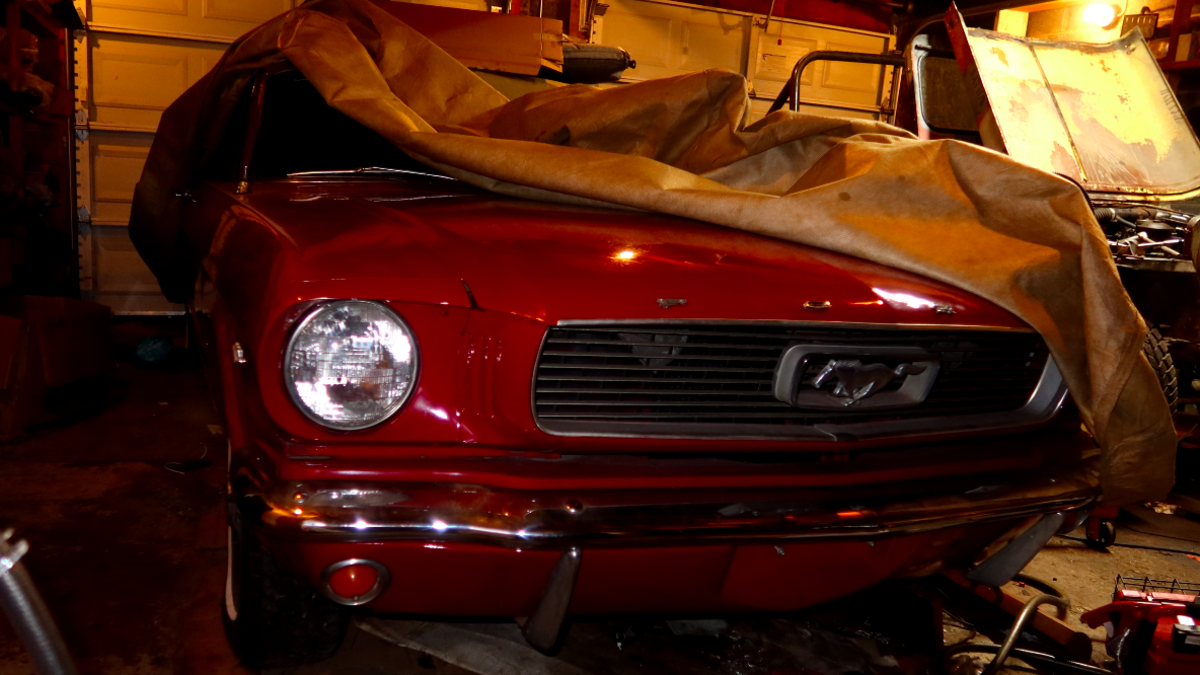Why do Zebras have Stripes?

It’s easy to see why so many people are attracted to the zebra’s bold pattern of stripes.
They have been used and mimicked by designers everywhere, and are quite prominent throughout our culture. So they make the Zebra easy to see , but how can that be an advantage, and offer them any kind of protection?
The answer lies in how we ( and their predators) perceive the black and white pattern.
Combined these two contrasting colors, play tricks on our mind. (Black and white are also the most common colors used in optical illusions.) The real confusion begins when the zebras begin to run, creating a pattern that has been named “Motion Dazzle”.
This effect makes it difficult for any predator to focus on them and estimate their speed and direction; thus enabling them to escape. An example of this is the “Wagon Wheel Effect”, where you see a fast moving wheel appears to be stationary or even moving backwards. This occurs because our vision takes “snapshots” frequently and links them together to form a kind of movie, just like a video recorder. When a spoke moves rapidly forward between snapshots, it will look like it is moving backwards because it will be perceived as the following spoke.
Whether or not this is sufficient to protect a zebra from their enemies ( lions) remains somewhat controversial.
What do you think?
To see my Zebra Painting…Click Here





